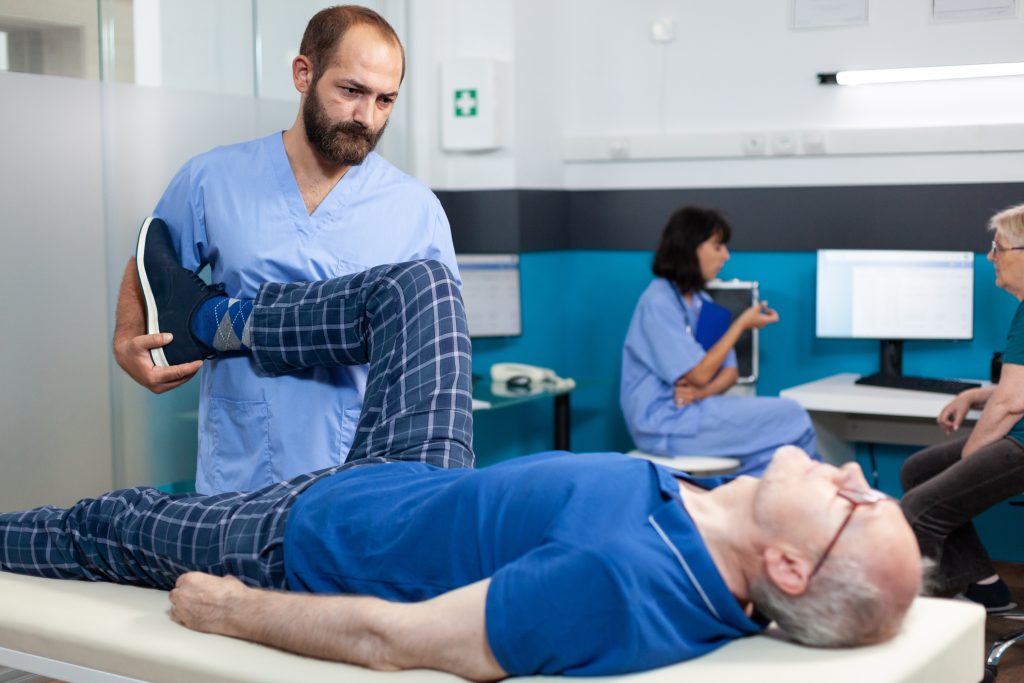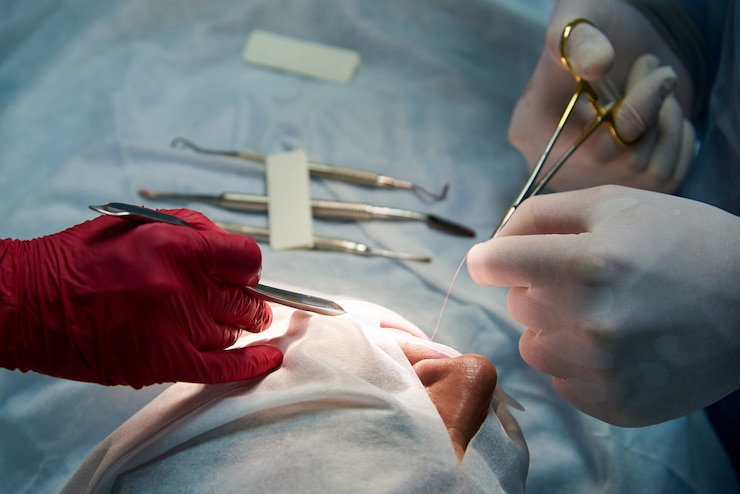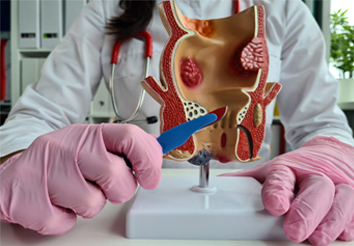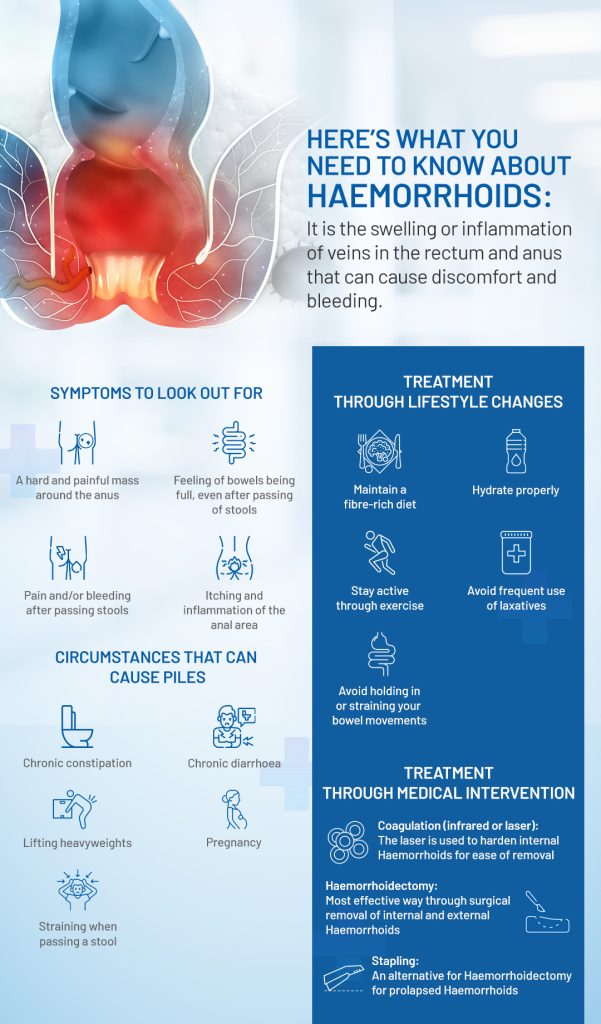Introduction
Joint replacement is the most preferred solution for the chronic joint pain accompanying arthritis and other degenerative joint conditions. But, as with any artificial joint, it comes with its challenges. In such a scenario, physiotherapy plays a significant role in the pre-operative and post-operative procedures in rehabilitating the muscle and the joints.
How is Physiotherapy Used Before Joint Replacement?
Physiotherapy can help you prepare for joint replacement surgery. Before a joint replacement, your doctor may recommend a program of joint exercises and physiotherapy to help you prepare your body for the change, including demonstrating what exercises should be done and how to properly execute them to reduce pain and any risk of injury. It is critical to focus on strengthening the muscles around the joint that is to be replaced. What that does is improve the chances of optimal recovery from surgery. An important thing to remember is that joint replacement surgery is not a way to cure arthritis; it is a way to relieve pain.
How is Physiotherapy Used After Joint Replacement?
In a joint replacement surgery, your doctor will remove all or part of your diseased joint and replace it with an artificial component. The material of artificial components is metal or plastic. These metal and plastic parts help your joint move freely or bend, making it more stable. You may need this surgery if your joints become worn out from overuse or if you suffer from a serious injury that damages your joints. After joint replacement, you’ll need to take it easy for a while to allow your body to heal. This means you’ll probably need to reduce the amount of activity you do physically. That, in turn, means you’ll need to turn to physiotherapy.
The post-surgery focus should primarily be on recovering the full range of motion and regaining full strength in the muscles around the knee. Physiotherapy at this point will include active exercises and stretches to improve the range of motion and gain muscle strength. The idea is to demonstrate and supervise strengthening programs to maximize recovery and administer modalities and manual therapy to minimize pain and swelling after the surgery.
The prognosis for recovery after Joint Replacement
Joint replacement is an effective way to relieve pain caused by arthritic conditions & trauma. Joint replacement also has the advantage of being a long term solution. The long-term prognosis for recovery after joint replacement is favorable, although the recovery process varies from person to person. For this reason, following your doctor’s post-surgery recovery plan is important.
Conclusion
As you can see, joint replacement aided with physiotherapy before and after the process has many benefits to offer. Physiotherapy can provide the physical therapy you need to recover from joint replacement surgery. Physical therapy can also help improve and restore movement after joint replacement surgery and prevent or manage some complications, if any. Physiotherapy can help manage chronic pain and swelling, help you get back to a normal lifestyle, and help you maintain or improve your quality of life. Physiotherapy also helps improve bone health, strength, and blood circulation, treat any accompanying pain and swelling, build strength in and around the joint, and aid in faster recovery. To recover as quickly and pain-free as possible after joint replacement surgery, following your doctor’s post-surgery recovery plan is essential.





